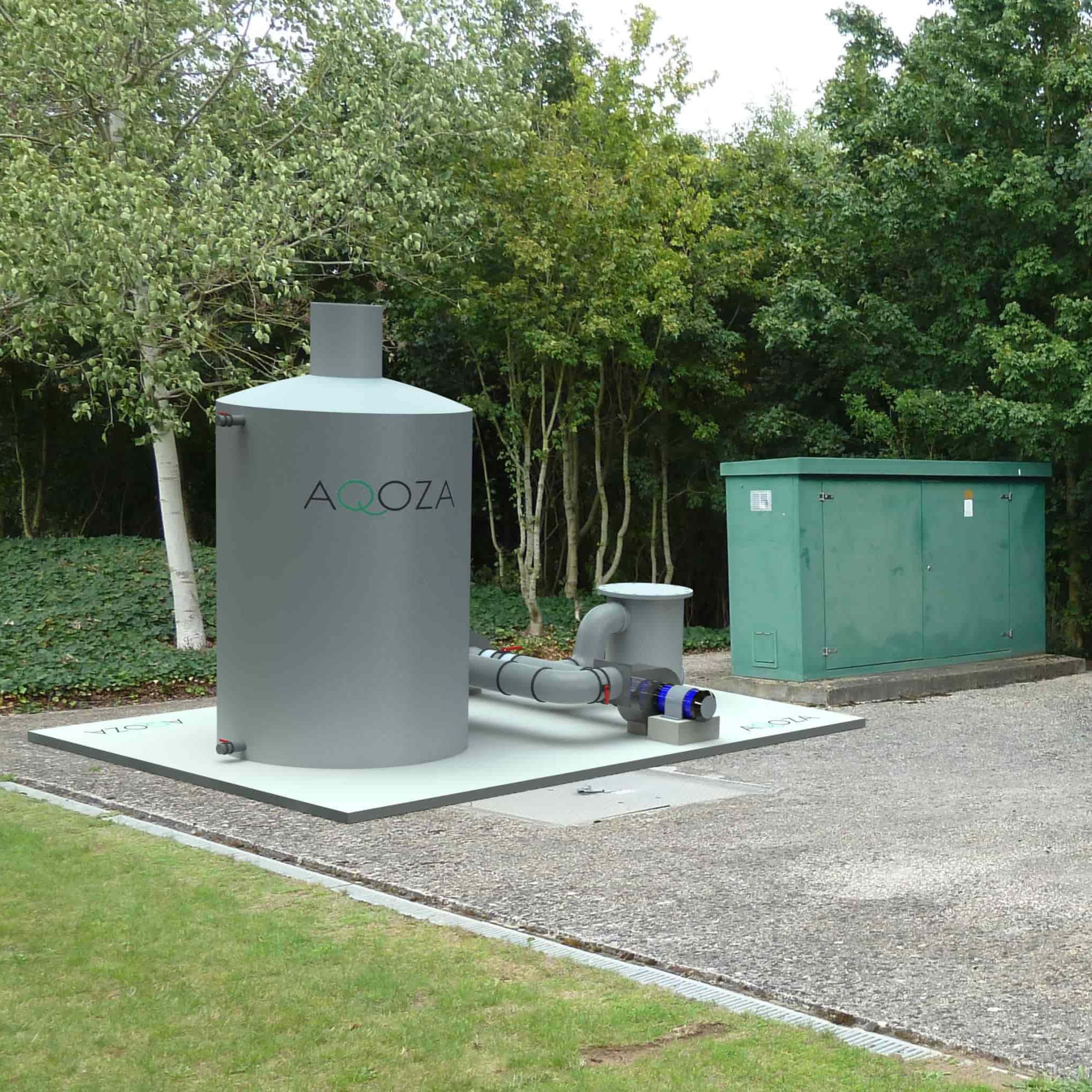Passive or Live Corrosion Monitoring Unit: Which One is Suitable for You?

The field of electronics has seen a rise in complexity and compactness. These devices are designed for their specific electrical and magnetic characteristics, and are not naturally resistant to corrosion. Following the RoHS standards has resulted in the elimination of elements such as Cd, Pb, Hg, which has made them more vulnerable to corrosion caused by the penetration of gaseous molecules.
It is crucial to continuously monitor corrosion in electronics to prevent damage or malfunctions. By regularly checking the corrosion levels, potential issues can be detected early on and addressed before they escalate. This not only ensures the longevity and proper functioning of the electronics, but also helps to reduce expenses on repairs and minimize downtime costs.
What are the two methods for monitoring corrosion?
1. Passive Corrosion Monitoring Device: This device is used to detect corrosion inside a facility without active involvement. It needs to be exposed for at least 30 days to accurately measure the level of corrosion. After the monitoring period, the device is retrieved for analysis. It includes a temperature and humidity logger to track any changes. Customers receive a report that includes the severity of corrosion and the fluctuations in temperature and humidity levels in the room, following the ANSI / ISA 71.04 standard.
2. Real-Time Corrosion Monitoring Device: The main screen displays live data, including the level of severity and readings for temperature, pressure, and relative humidity. All this information is stored internally and can be downloaded for analysis whenever needed. The unit is equipped with various communication protocols for internal data transmission. With a single device, multiple locations can be monitored throughout the lifespan of the sensor cartridges.
Both units follow the international standards of ANSI/ISA-S71.04 for measuring the level of corrosion in the environment.
The choice between Live and Passive monitors depends on specific needs, as both use copper and silver to evaluate atmospheric corrosion.
Selecting the Perfect Corrosion Monitoring System for Your Establishment
When it comes to selecting the right Corrosion Control Units For Control Room , there are a few key factors that need to be considered in order to ensure its effectiveness.
What is the Purpose of a Live Corrosion Monitoring Unit?
• Consistent monitoring is crucial in locations where malfunctions are common, in order to sustain operations and avoid any disruptions.
• Live updates of severity level, temperature, and relative humidity are provided.
• Various communication protocols such as RS 485, MODBUS, and 4-20mA are available.
• It also verifies the effectiveness of corrosion prevention measures.
• It can be utilized in multiple facilities to monitor the severity level according to specified instructions, throughout the lifespan of the sensor.
• The complete data is recorded for further analysis.
The use of online corrosion monitoring units is highly recommended for locations such as data centers or critical control rooms where downtime and unplanned maintenance can greatly disrupt operations. These units are particularly useful for businesses that require constant monitoring and are also beneficial for areas implementing Corrosion Control Units solutions to ensure their efficacy.
What are the benefits of using Passive corrosion monitoring units?
This cost-effective solution is designed for conducting corrosion audits. It is ideal for periodic audits throughout the year. Primarily utilized for initial audits in cases of low and non-critical failures. Its construction is both sturdy and easy to install. It does not rely on any external power source for operation. Its function includes classifying the facility's environment for the purpose of implementing corrosion prevention strategies.
This option is appropriate for any company in need of an affordable monitoring system. It is a cost-efficient choice for facilities implementing a corrosion monitoring program for the first time. Moreover, even if the initial findings show minimal corrosion, using coupons for continuous monitoring is still beneficial in guaranteeing the safety of equipment.
The key factor in choosing the appropriate monitoring approach is considering the electronic components, their surroundings, and the potential for corrosion. By incorporating these techniques into your maintenance plan, you can improve reliability and avoid unforeseen malfunctions.
Feeling unsure about which option to select? Consult with AQOZA professionals.
- Questions and Answers
- Opinion
- Motivational and Inspiring Story
- Technology
- Live and Let live
- Focus
- Geopolitics
- Military-Arms/Equipment
- Sicurezza
- Economy
- Beasts of Nations
- Machine Tools-The “Mother Industry”
- Art
- Causes
- Crafts
- Dance
- Drinks
- Film/Movie
- Fitness
- Food
- Giochi
- Gardening
- Health
- Home
- Literature
- Music
- Networking
- Altre informazioni
- Party
- Religion
- Shopping
- Sports
- Theater
- Health and Wellness
- News
- Culture

